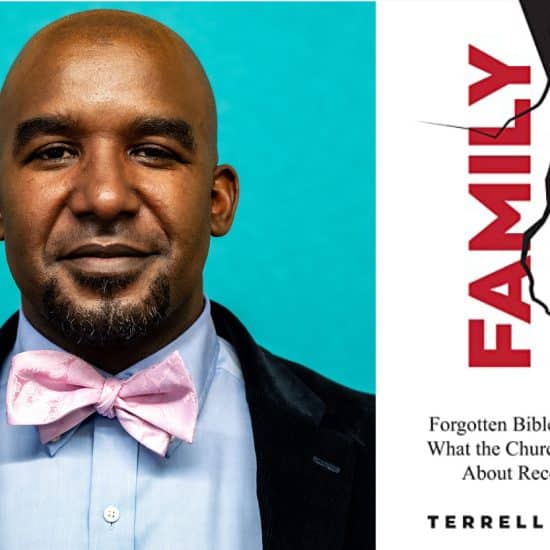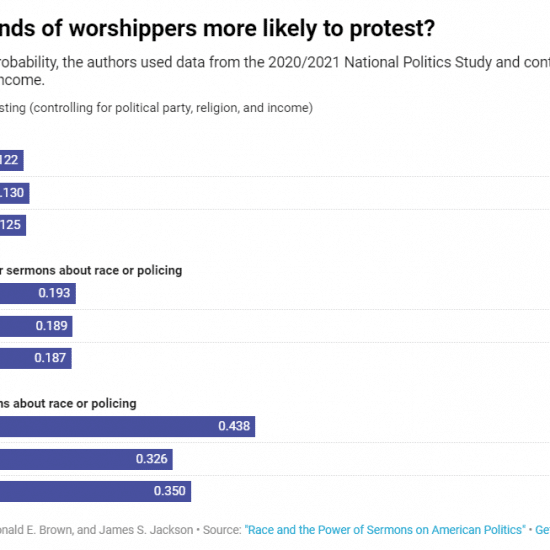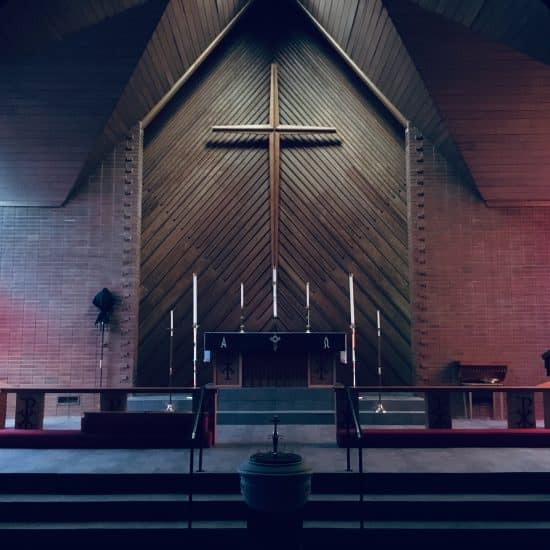By Bill Webb
Word&Way Editor
The Barna Group has released a report that suggests an astonishing level of  participation in house churches in America. In interviews with 5,000 adults nationwide over the course of a year, Barna concluded 20 million adults attend services in home churches each week. Forty-three million will attend in the course of a month. That translates to one in five adults who attend house churches.
participation in house churches in America. In interviews with 5,000 adults nationwide over the course of a year, Barna concluded 20 million adults attend services in home churches each week. Forty-three million will attend in the course of a month. That translates to one in five adults who attend house churches.
The most enthusiastic advocates say house churches are where Christianity began in the first place. The earliest Christians had no houses of worship, and they were relatively small in number. Many were persecuted and scattered, so homes were ideal places – perhaps the only places — to gather for corporate worship, study and fellowship.
Christians in America have long known that house church movements have been significant in other parts of the world. In a report on the Barna study, Associated Baptist Press indicated that the United Kingdom experienced a rapid proliferation of house churches in the 1970s, many of which found their way into more traditional church bodies.
The underground house-church movement in China is legendary, with experts estimating 80 million Chinese Christians gather in homes every week.
Megachurches have used small, home-hosted groups as evangelistic and training tools for several years now, but those normally have been under the auspices of an organized church – more loosely in some cases than in others.
Today house churches often are part of networks but not necessarily assimilated into denominations. In fact, Barna concluded that most are non-denominational. Some have seminary-trained and ordained leadership, but many do not.
The most likely people to attend house churches are men, home-school families, residents in the West and minorities. Baptists have long observed the challenges of involving men in church life. Likely, people are attracted for different reasons.
Some who are very active in house churches are escapees from more traditional churches. They say they are quite happy to do without hierarchical control and bureaucracies they believe characterize some congregations and denominations.
But increasing numbers have not gone to house churches because of dissatisfaction with traditional churches. They are attracted to the informality, the intimate fellowship, the shared leadership and the relative ease of participating.
House churches in America average about 20 participants each, according to Barna. Like traditional churches, the level of evangelistic outreach and mission endeavor varies. Some activists aggressively organize house churches, help them become strong and then move on to organize others, not unlike churchplanters.
House churches are susceptible to falling victim to a single dominating participant, leaders acknowledged to ABP. "The blessing of intimacy in a small group can actually become a curse if love doesn't prevail at all times," according to David Anderson, who runs the House Church Network and operates a Web site, housechurch.org, which lists nearly 1,200 house churches across the country.
What is the significance of the Barna findings?
For one thing, it should help people of faith better know what draws people into active participation in spiritual groups. Can churches learn better how to reach and involve men, for instance, or minorities?
As Barna discovered, the house-church movement in America can hardly be ignored. After 2,000 years, perhaps house churches are here to stay.






